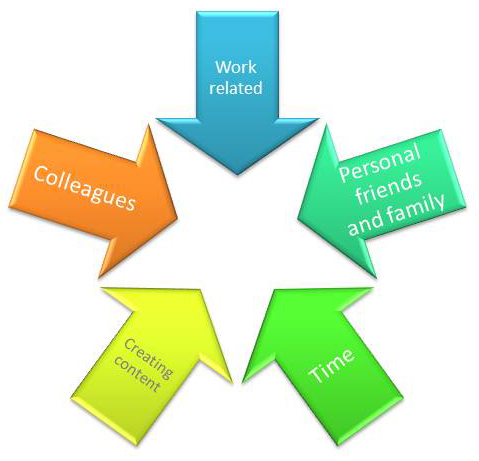
The short definition of a content strategist, is essentially the person who is charged with keeping the company interesting. Of course the longer definition has to do with content calendars and working with agencies and teams and departments and writers and designers. The reality is that yesterday’s content is gone, today’s will last until about 9 pm tonight and tomorrow is a new day.
The content struggle is real because people don’t want to read anymore. Let’s face it, it’s all about the Gram, and it’s a Gram world and we’re all just living in it. Go look at your metrics or anyone’s metrics, the best stuff? It’s video. Let’s talk about the monolith in the room, Facebook, which has the largest audience of any social network at more than 2.07 billion monthly active users. Did you know that around 100 million hours of video are watched every day on Facebook? Or that more than 250 billion photos have been uploaded to Facebook? That equates to 350 million photos per day. See my point? See what the content strategist is competing with every single day? Content resets every day and UGC (User generated content) is the clear winner.
The overall point to remember about Facebook is that people come to share, to be distracted and to be entertained. In other words, if your plan as a brand is to share cat videos, you’ve got a shot.. For example, the “How to wrap your cat for Christmas 101” video, has gotten more than 100 million views and over a 1 million shares. That’s what you’re dealing with. We have become visual animals.
It is no surprise that ‘32% of marketers say visual images are the most important form of content for their business,’ and why Instagram has such a high number of engagement.
That’s right, the users, their behavior, and social media sites as a whole have evolved. The real question though is, have brands evolved along with the social platforms? Social media has become such a critical part of business growth, that it can make or break the future of your organization. Getting it right as a channel component in your marketing mix is tantamount to driving successful brand awareness and consideration. To underestimate it’s power and effectiveness is akin to saying that you don’t care what your customers do even though I’m going to show you what they do, how they do it and what they say and what they say about you…
The pace at which social media has evolved is such that most marketers and consumers still don’t fully grasp the fundamental shift it’s created in the way we do business. That being said, it comes down to content and it comes down to compelling content. Visual content. Content that engages. Content that entertains. Cat videos… At the end of the day, what you say can get lost if it’s behind something or supported by something that has ZERO perceived value (or entertainment) by the user.
As soon as marketers realize that social media is a zero sum game in which the push to gain our attention will be simultaneously negated and augmented by the push to divert our attention, they’ll start to understand the strategic and tactical implications of creating content that lasts longer than 24 hours.




